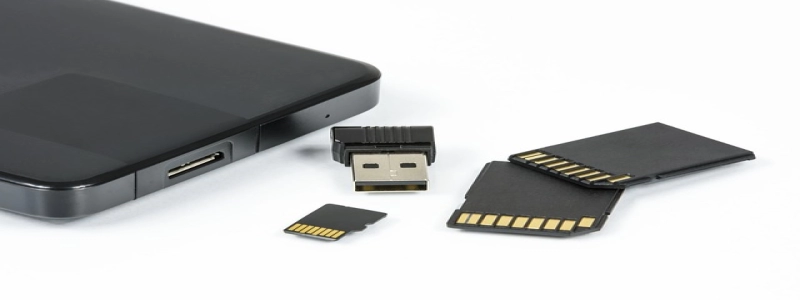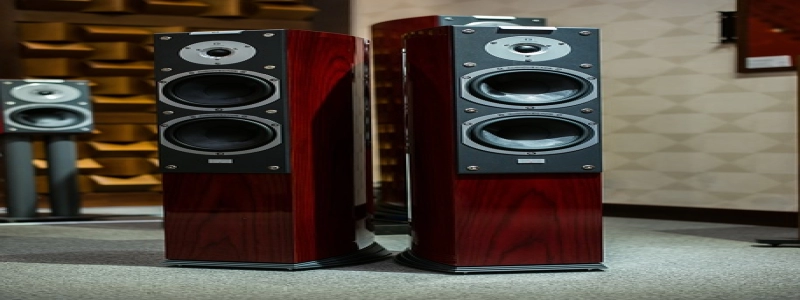How Long of an Ethernet Cable Can You Run
Uvod
Ethernet cables are a commonly used form of networking cables that are used to connect devices to a local area network (LAN). One of the common concerns when setting up a network is the length of the Ethernet cable that can be used. In this article, we will explore the factors that determine the maximum length of an Ethernet cable and provide an in-depth explanation of how long it can be run.
jaz. Understanding Ethernet Standards
To comprehend the length limitations of Ethernet cables, it is important to understand the different standards that exist. The most common standards used today include Cat5e, Cat6, and Cat6a. These standards specify the type of cable and the level of performance, with each subsequent standard providing faster data transfer rates and better signal integrity.
II. Cable Length Limitations
1. Cat5e: The Cat5e standard allows for cable lengths of up to 100 meters (328 feet). It is the most commonly used Ethernet cable for home and small office networks and supports data transfer rates of up to 1 Gbps.
2. Cat6: Cat6 cables have a slightly higher length limitation of 55 meters (180 feet) for 10 Gbps data transfer rates. They are often used in larger offices or businesses that require higher network speeds.
3. Cat6a: The Cat6a standard supports cable lengths of up to 100 meters (328 feet) for 10 Gbps data transfer rates, similar to Cat5e. However, Cat6a cables are built to withstand higher frequencies and crosstalk, making them more suitable for installations where signal degradation is a concern.
III. Factors Affecting Cable Length
1. Signal Degradation: As the length of an Ethernet cable increases, the signal becomes weaker, resulting in data loss and reduced network performance. Factors such as the quality of the cable, connectors, and interference from nearby electrical devices can exacerbate signal degradation.
2. Network Equipment: The quality and capabilities of network equipment, such as switches and routers, can affect cable length limitations. Higher-quality equipment often provides better signal amplification and can support longer cable lengths.
3. Environmental Factors: Environmental factors, such as temperature, humidity, and physical stress on the cable, can impact its performance. Cables installed in extreme conditions may have shorter length limitations due to these factors.
IV. Extending Cable Length
There are methods to extend the reach of Ethernet cables beyond their length limitations. These techniques include using Ethernet repeaters, stikala, and fiber optic converters. By using these devices, multiple shorter cables can be connected, effectively extending the overall length of the network connection.
Zaključek
The maximum length of an Ethernet cable depends on various factors, including the cable standard, signal degradation, network equipment quality, and environmental conditions. Cat5e, Cat6, and Cat6a are the most commonly used standards, each with their own length limitations. By understanding these factors and employing the necessary techniques, it is possible to extend the reach of Ethernet cables for efficient networking setups.








